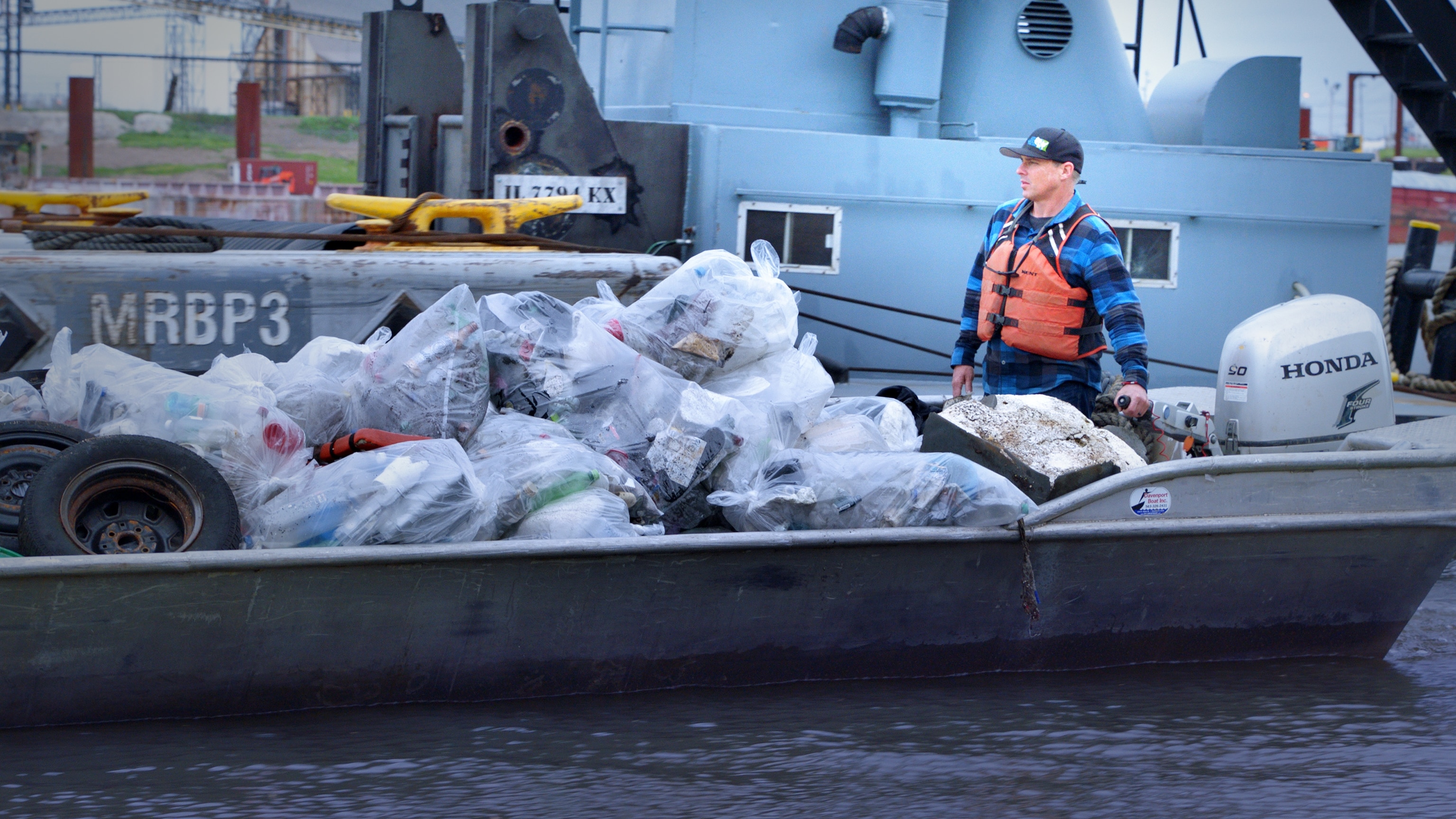As a teenager, Chad Pregracke noticed an upsetting amount of pollution along the riverbanks of East Moline, Illinois, where he grew up. When nothing improved over the years, Pregracke took matters into his own hands. In 1998, the then-23-year-old began cleaning up the river himself – collecting trash and debris he came across, piece by piece.
Over 20 years later, this has become Pregracke’s legacy. He founded Living Lands and Waters, a grassroots effort at industrial-strength cleanup. For up to nine months each year, he travels through Mississippi River waterways by barge with his 13-person environmental cleanup crew and a number of localized volunteers.
Pregracke is truly a unique character. He is wildly enthusiastic about all aspects of nature. He speaks off-the-cuff, often saying whatever comes to mind. He frequently works alongside power players and CEOs to help with his clean up missions, but he doesn’t believe in email or spending too much time chained to technology. Pregracke lives by his own rules, and gets things accomplished his own way – and it works. He is upbeat, interesting, passionate, humble, sympathetic and creative.
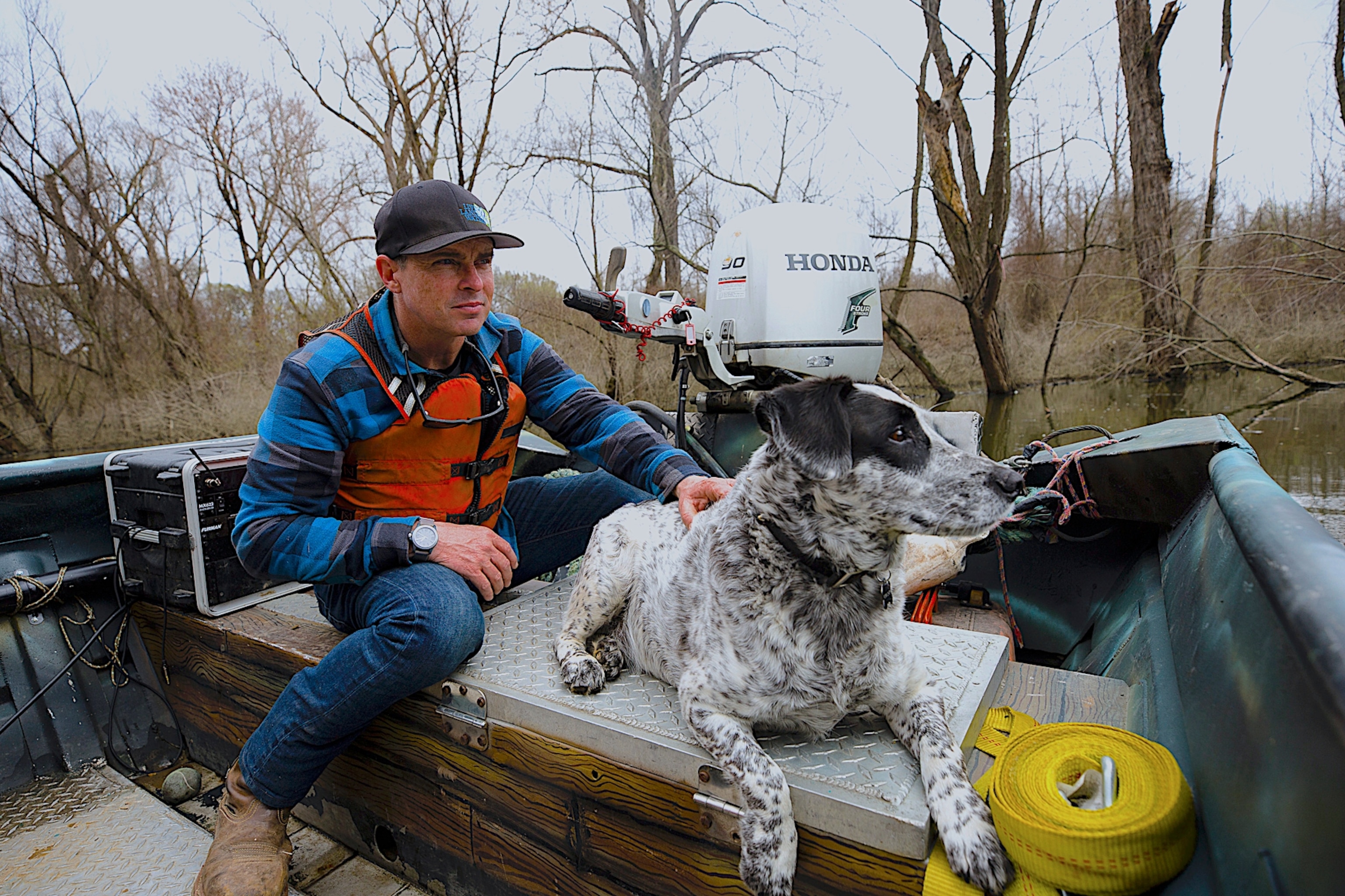
“In some ways, I’m leading a mission. I’m always kind of apprehensive to say that,” he said. “I really enjoy what I do. I like every aspect of it. I get to be part of something that’s bigger than me and to be creative and to have a cohesive team that’s working towards something,” said Pregracke.
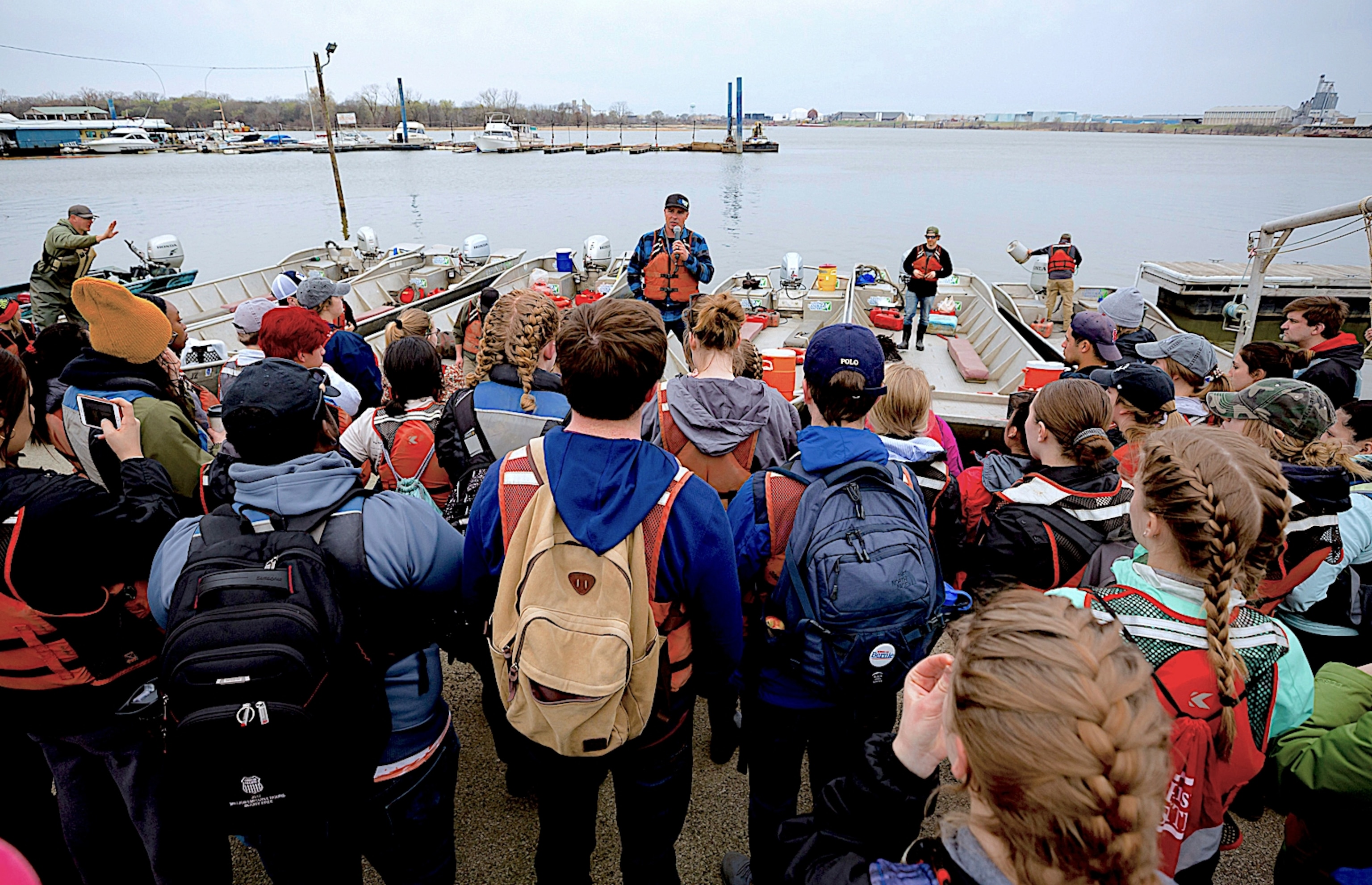
Even when faced with unrelenting, immense need everywhere he goes, Pregracke stays positive and upbeat about his environmental mission. When he’s not on the water, Pregracke has back-to-back meetings with corporations that can help fund future cleanups and educational outreach.
“It’s day in, day out, 160 to 200 events a year. Throw in the travel, find time for family, it’s a lot, but I do it because it matters and I love that I get to do this for work. The fundraising, which is the least fun part for a lot of people, is actually the best because I get to go in and see these different cultures of companies, meet and befriend CEOs, see their leadership styles. I get to meet people and learn for a living, and that is just so cool,” he said.
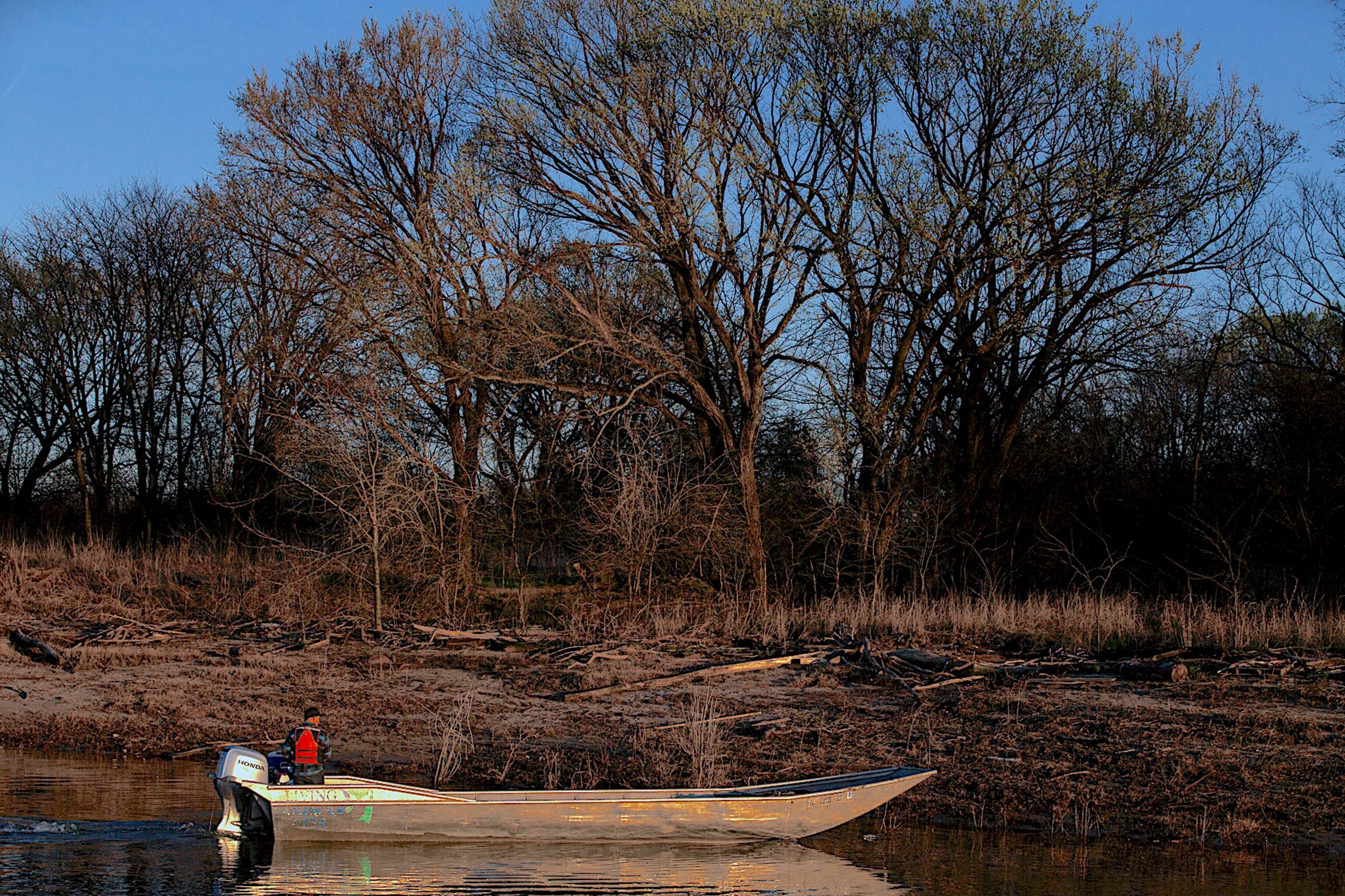
The Mississippi River system is the fourth longest in the world, ebbing and flowing approximately 2,300 miles across the United States. In addition to being one of the most historically important commercial waterways, the Mississippi is a critical biologically diverse ecosystem and the habitat to countless species. More than half of the country’s birds use this river during their annual migrations. One-quarter of North America’s entire fish species live in the river.
The Mississippi remains one of the most important avenues for shipping and trade. Seven major cities sit directly on this waterway. Eleven tributaries feed into the river. This water source affects millions of people in some way or another – and they, in turn, affect it.
“On a big picture scale, my team of 13 people and I, we really are making a difference. We’ve had over 117,000 people come out and help us clean up, then those same people will often continue to keep the areas clean themselves once we’re gone,” he said.
To achieve their many eco initiatives, Living Lands and Waters uses a 130-foot-long flat-bottom boat, six barges, two tow boats, an excavator, a crane, six work boats, a fleet of trucks and trailers, and whatever else may be required to remove and haul debris. To save resources, the barge tries to travel in the direction of the currents as much as possible.
The Mississippi River’s currents are tumultuous and dangerous at times, which makes navigating to specific items and shore areas very complicated. Parts of the river are high-traffic areas, while others are incredibly susceptible to storm surges. With little room for error, the small crew has to trust their durable and reliable boat engines to provide the power they need to get the job done safely. Being able to target specific items for removal and to dock at a precise shoreline helps Living Lands and Waters reach their goals in the most effective, sustainable way.
Their large flat-bottom superstructure boat was made from the reclaimed wood and steel. It has a classroom for kids, two glass garage doors that open up in nice weather, and a floating dorm for the crew. Over 160 different skilled tradesmen volunteered their time to help build the vessel because they believed in the mission of Living Lands and Waters.
The vessel didn’t have a name until its christening. Since it’s bad luck to sail a vessel without a christening, Pregracke had to come up with a name on the spot.
“I thought about what it’s taken so far to get the rivers clean and what it will take to keep them clean, and the only thing I kept thinking of was ‘teamwork,’” he explained.
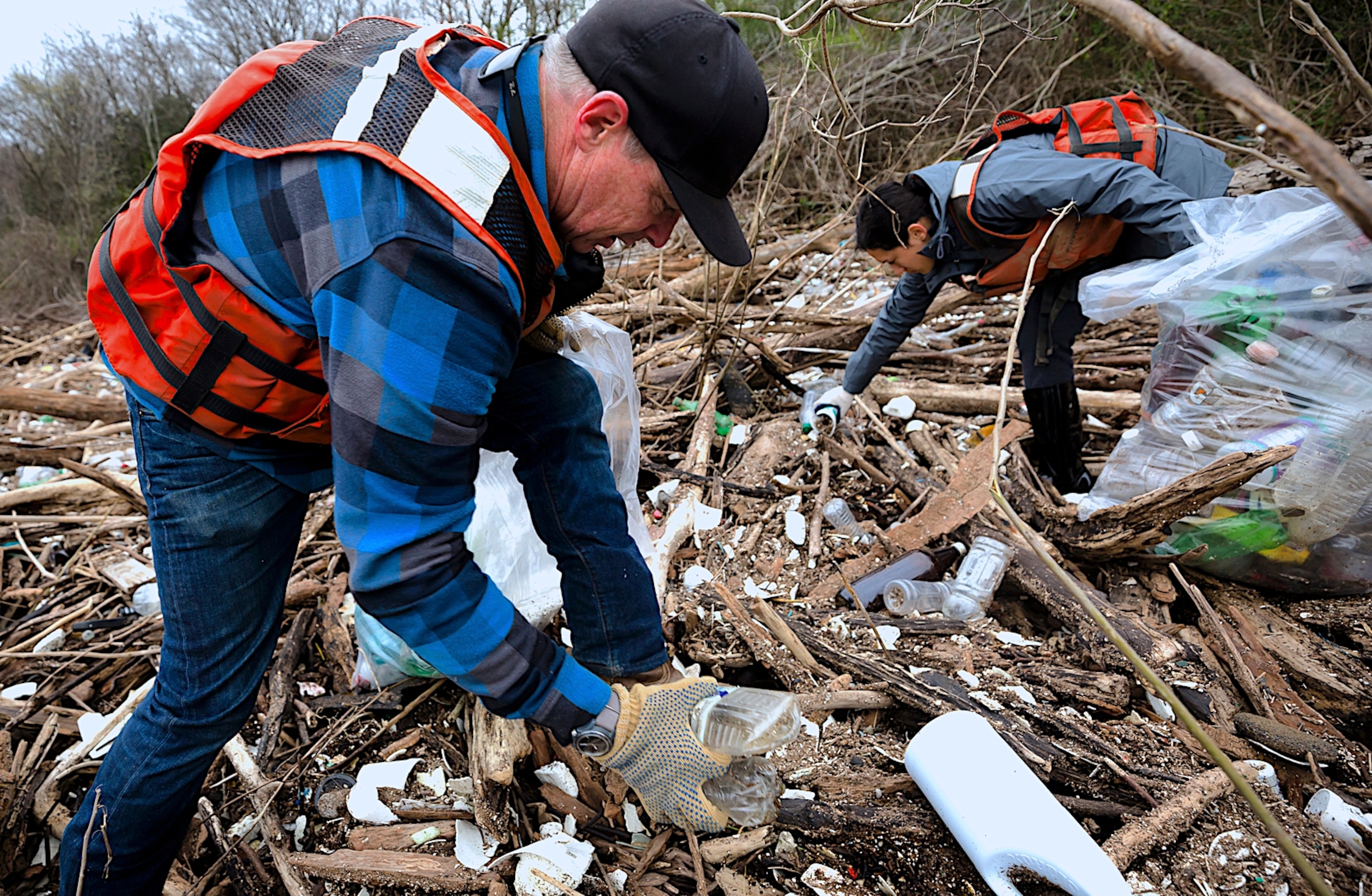
This year, Pregracke and his team will travel along the Mississippi River, then to the Illinois River, then back to the Mississippi, then the Tennessee River and finally onto the Ohio River. Pregracke has traveled thousands of miles by foot, boat and truck to scout riverbanks in need of environmental clean up. After years of this, he is able to estimate how many people each section will take, what kinds of equipment they will need, and what kinds of behind-the-scenes work will be required.
Tackling pollution in such large, fast bodies of water is an ongoing challenge. Pregracke takes a pragmatic approach, choosing to “focus on anything that shouldn’t be there.” The most frequent items he sees these days are plastic bottles, followed by tires. Nothing surprises him anymore, however. He has cleared up barrels, propane tanks, school buses, bowling balls, weapons, historical artifacts – and so many messages in bottles, that he amassed the world’s largest collection and created a museum exhibit.
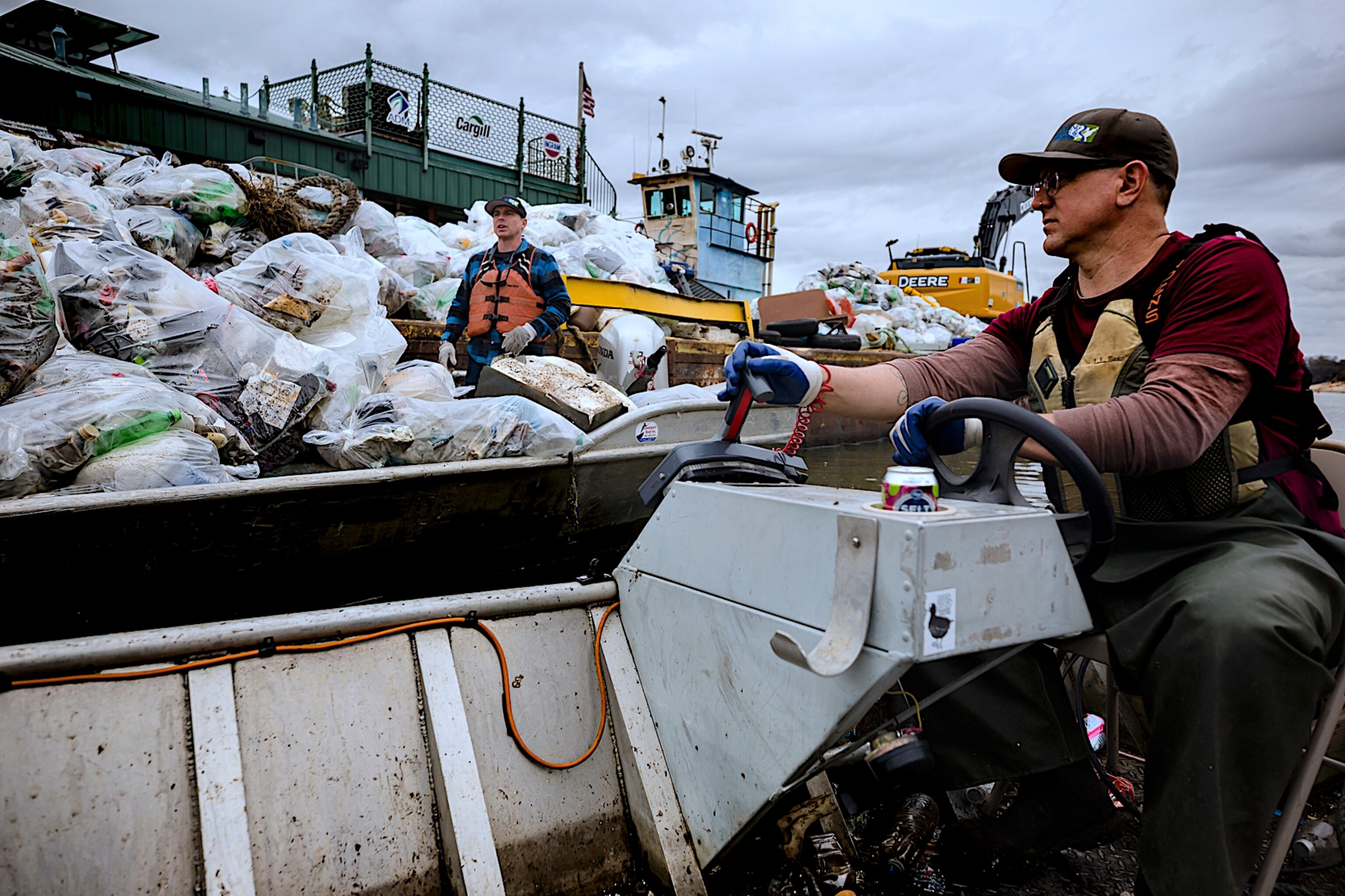
Items end up where they don’t belong for a number of reasons. In some rural areas, there aren’t many options for trash disposal. Sometimes items are blown away or relocated from floods and storms.
“Whatever the reason, it’s all there and we try to make a big difference by getting lots of people involved. The key is to have as many opportunities for people to engage in this as they can,” he said. The barge has two teachers on board and a classroom. Thousands of students visit on educational field trips, to learn about protecting the environment and then take part in river clean up.
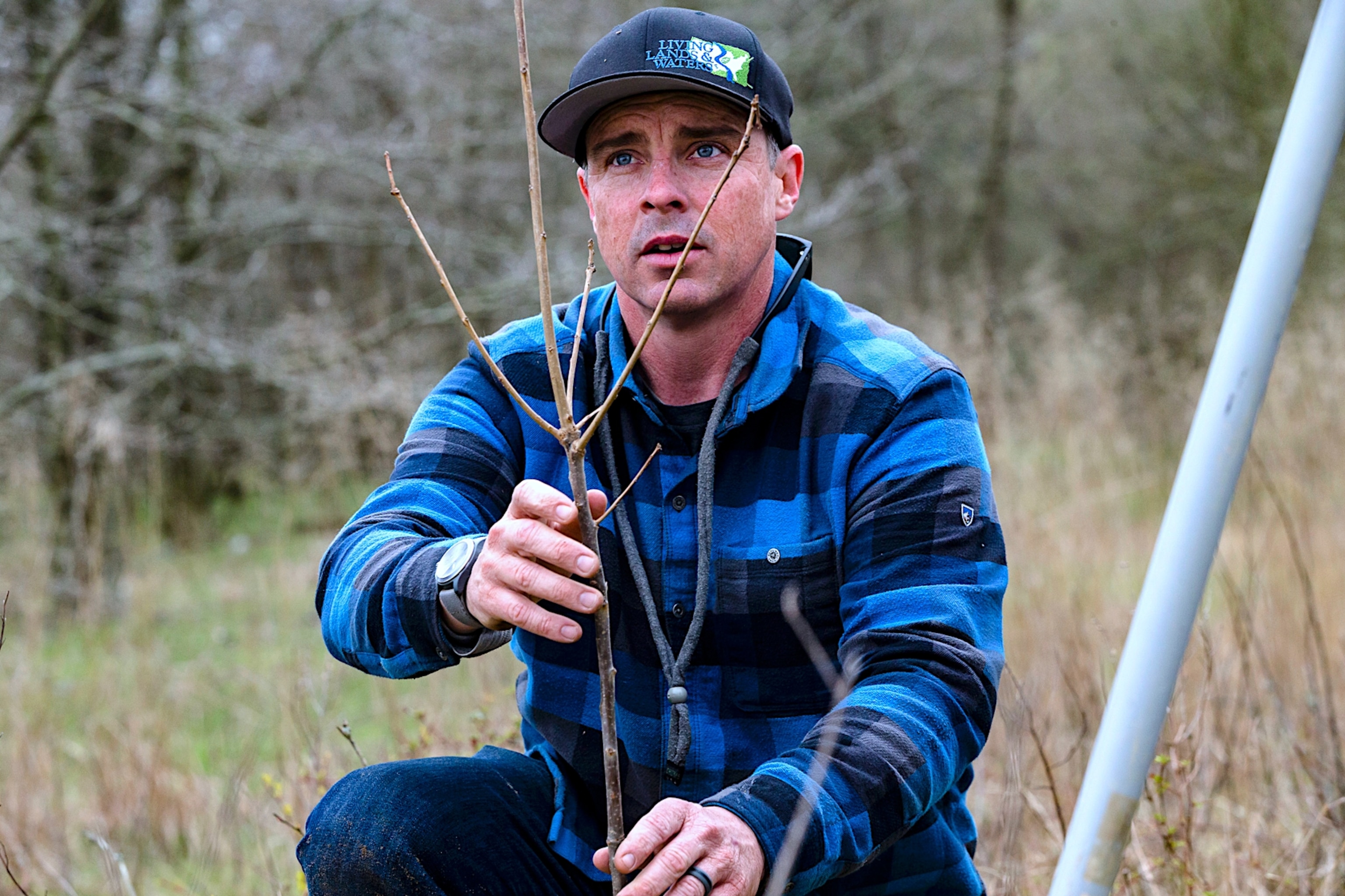
Pregracke talks about rivers as if they were his friends. The Missouri River is a relentless force. The Illinois River is smaller, but teeming with life. The Tennessee River is clear, with endless lakes and beautiful homes. The Ohio River is powerful. He can’t pick a favorite, because “every river has its own personality and different traits.” If he had to choose, he’d pick the upper Mississippi River area, because of all of the islands and back channels.
Living Lands and Waters has collected nearly 11 million pounds of trash. Inspired by his wife’s love of trees and plants, Pregracke and his team have personally planted over 1.4 million trees in yet another grassroots effort to help the environment.
While Pregracke has found his calling through improving the rivers, every day still requires consistently hard work.
“You can’t follow your dreams – you really have to lead them. Dreams are just fluffy, with no clear vision. You need to take that dream, figure out what you really want to do with it and be open to different things as they come along,” he said.
“At the end of the day, everyone is a leader in their own lives.”

In communities across the world, people are reconnecting with their natural environments, seeking out ways they can live more sustainably. Read more about these stories here.
